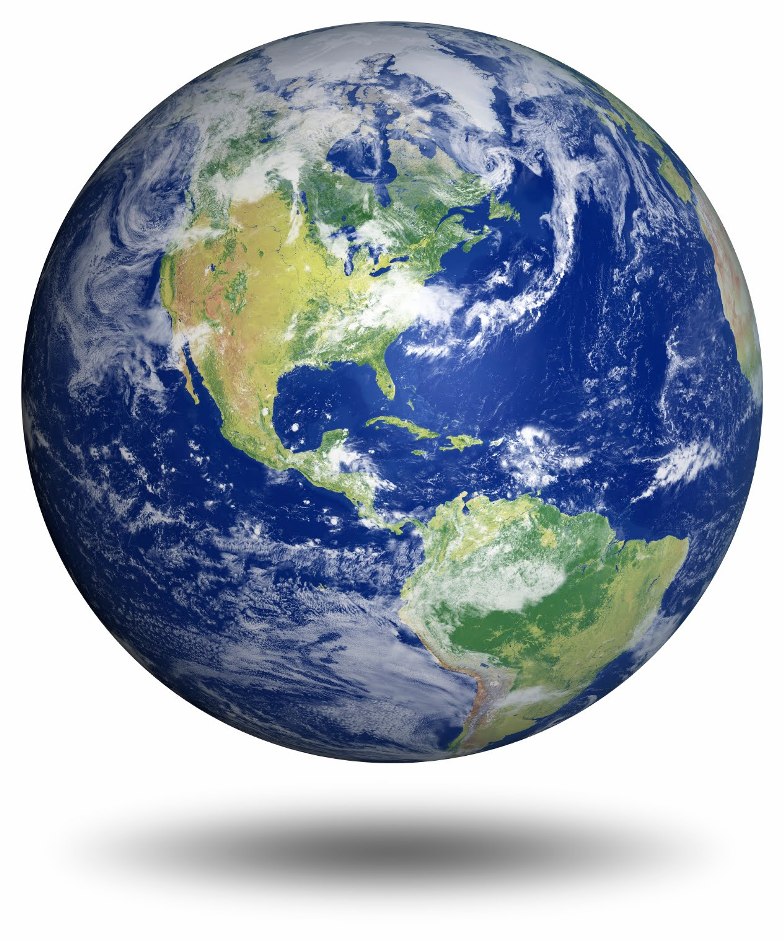Unveiling the Wonders of Our Planet: Fascinating Facts About Earth from Science@NASA
BlogTable of Contents
- Think!: Atlas Earth Calculator
- Index [theoildrum.com]
- Earth Fact Sheet
- EDGE — Earth Dynamics Geodetic Explorer
- Chinese APT 'Earth Krahang' Compromises 48 Gov't Orgs | HITBSecNews
- Volunteer with Earthday.org - Earth Day
- Earthly Issues
- 2020 Science Rethinking Science & Technology for the 21st Century ...
- Achieving climate neutrality through system-wide collaboration | Yara ...
- 10 HOURS OF THE EARTH - YouTube



Earth's Unique Characteristics


Earth's Water Cycle


Earth's Geological Activity
Earth's surface is constantly changing due to geological activity, including earthquakes, volcanic eruptions, and the movement of tectonic plates. Science@NASA has discovered that our planet's interior is made up of several layers, including the crust, mantle, outer core, and inner core. The movement of tectonic plates, which make up the Earth's lithosphere, is responsible for shaping our planet's surface, creating mountains, volcanoes, and oceanic trenches.
Earth's Magnetic Field
Earth's magnetic field is a vital component of our planet's defense system, protecting us from harmful solar and cosmic radiation. Science@NASA has found that the magnetic field is generated by the movement of molten iron in Earth's outer core. This field is not only essential for navigation and communication but also plays a crucial role in maintaining the stability of our climate. In conclusion, Earth is a remarkable planet, full of fascinating facts and phenomena that continue to inspire scientific discovery and exploration. Through the efforts of Science@NASA, we have gained a deeper understanding of our planet's unique characteristics, water cycle, geological activity, and magnetic field. As we continue to explore and study our planet, we are reminded of the importance of preserving and protecting our home for future generations. By learning more about Earth and its many wonders, we can appreciate the beauty and complexity of our planet and work towards a more sustainable and environmentally conscious future.For more information on Earth and space science, visit Science@NASA and explore the many resources and educational materials available.
Keyword density: - Earth: 12 instances - Science@NASA: 5 instances - Planet: 7 instances - Water cycle: 2 instances - Geological activity: 2 instances - Magnetic field: 2 instances Meta description: Discover fascinating facts about Earth, including its unique characteristics, water cycle, geological activity, and magnetic field, as revealed by Science@NASA. Learn more about our planet and its many wonders.